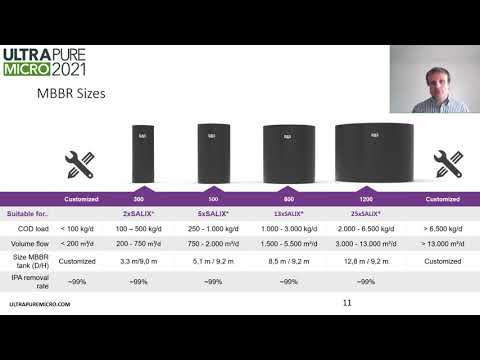Achieving IPA removal in UPW from marangoni dryers in semiconductor production
Date Published: 2016 | Technical journal archive
Log in or Join UltraFacility to access this content
To access our resources you will need to be a member of UltraFacility, log in to your account or purchase a membership to view this content.
Already have an account? Log in
Drying of rinse water from parts is, for many process engineers, a final critical step of a process. Drying steps can be costly, energy and time consuming, and if not done properly will leave a non-volatile residue of minerals, detergents, and ions on the surface of the part - not to mention water stains. There are various methods of drying that may be employed; however, one of the best approaches is Marangoni drying for flat surfaces such as semiconductor wafers or disk drives.
Companies: Exergy Systems
Tags: UltraPure WaterTotal Organic Carbon (TOC)Isopropyl Alcohol (IPA)Ultraviolet (UV)
Related content
Training series | 2018
End-of-Pipe Semiconductor Wastewater Reclaim

Conference material | 2022
What is Known About Urea Control in UPW Systems?
Conference material | 2018
U-PURTM – A Metal-Free Combination of Several UPW Polishing Steps in a Multifunctional Reactor for the Removal of TOC and H2O2 Traces

Conference material | 2021
Solutions to the IPA Abatement Challenge
Back to Technical Knowledge Base